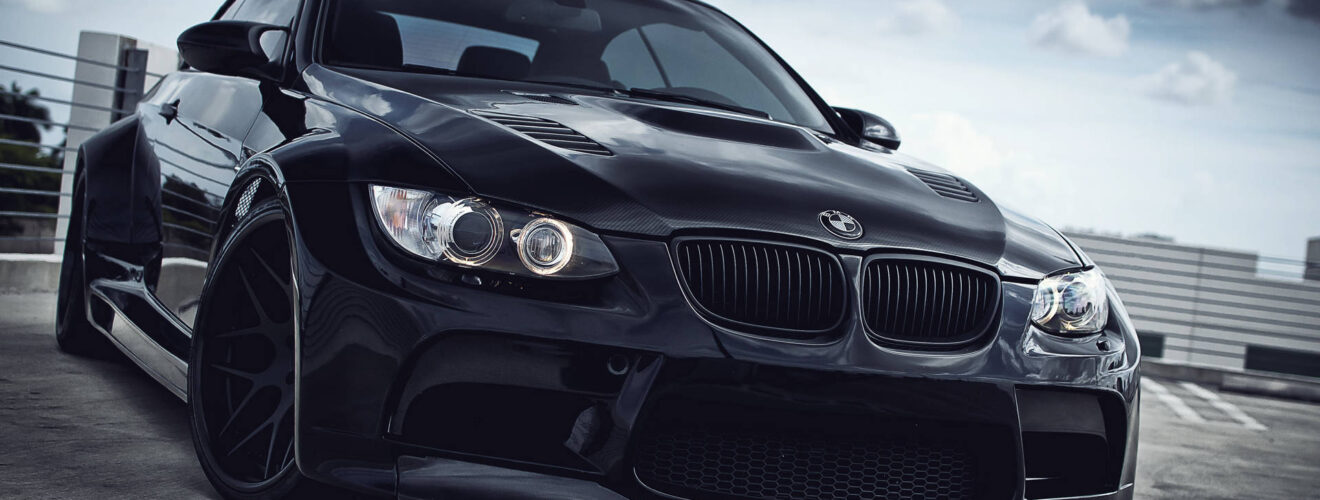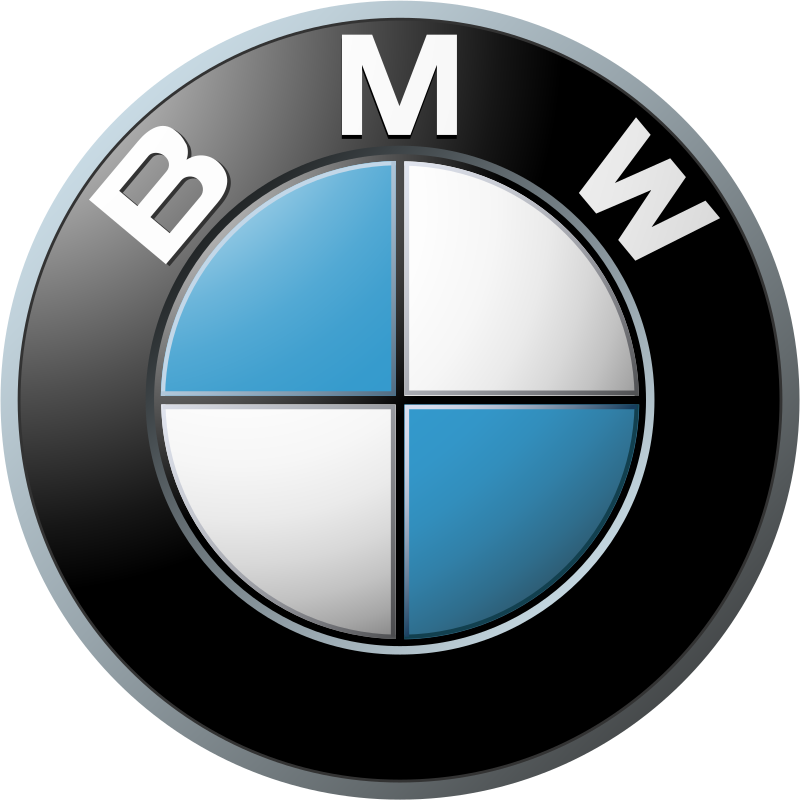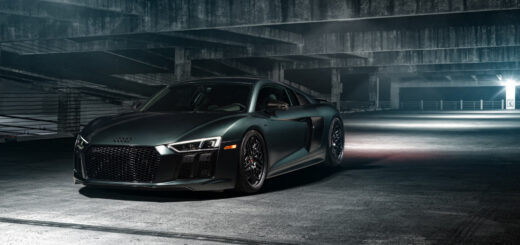BMW – A Legacy of Performance and Luxury

Bayerische Motoren Werke AG, commonly abbreviated to BMW (German pronunciation: [ˌbeːʔɛmˈveː]) is a German multinational manufacturer of luxury vehicles and motorcycles headquartered in Munich, Bavaria, Germany. The company was founded in 1916 as a manufacturer of aircraft engines, which it produced from 1917 to 1918 and again from 1933 to 1945.
Automobiles are marketed under the brands BMW, Mini and Rolls-Royce, and motorcycles are marketed under the brand BMW Motorrad. In 2017, BMW was the world’s fourteenth-largest producer of motor vehicles, with 2,279,503 vehicles produced and in 2022 the 7th largest by revenue. The company has significant motor-sport history, especially in touring cars, sports cars, and the Isle of Man TT.
Founder of BMW
- Karl Rapp
- Gustav Otto
- Camillo Castiglioni
- Franz Josef Popp
Company name
BMW is an abbreviation for Bayerische Motoren Werke (German pronunciation: [ˈbaɪ̯ʁɪʃə mɔˈtʰɔʁn̩ ˈvɛɐ̯kə]). This name is grammatically incorrect (in German, compound words must not contain spaces), which is why the grammatically correct form of the name, Bayerische Motorenwerke (German pronunciation: [ˈbaɪ̯ʁɪʃə mɔˈtʰɔʁn̩vɛɐ̯kə] ⓘ) has been used in several publications and advertisements in the past. Bayerische Motorenwerke translates into English as Bavarian Motor Works. The suffix AG, short for Aktiengesellschaft, signifies an incorporated entity owned by shareholders, thus akin to “Inc.” (US) or PLC, “Public Limited Company” (UK).
Logo

The circular blue and white BMW logo or roundel evolved from the circular Rapp Motorenwerke company logo, which featured a black ring bearing the company name surrounding the company logo, an image of a horse head on a plinth. BMW retained Rapp’s black ring inscribed with the company name, but the interior of the ring is quartered blue and white, reminiscent of the coat of arms and flag of Bavaria (which in turn are based on the arms of the historic House of Wittelsbach, which ruled Bavaria for many centuries). The logo does not bear the distinctive lozenge shape found on the coat of arms, however, as local laws at the time it was introduced forbade the use of state coats of arms on commercial logos. A persistent myth claims that the logo is based on the image of an airplane propeller spinning in a blue sky. This myth likely stems from a 1929 BMW advertisement that depicted the logo superimposed on a rotating propeller. However, the logo predates that advertisement by 12 years.
Heritage and Evolution
BMW’s journey began with the production of aircraft engines during World War I. After the war, the company shifted its focus to motorcycle production, eventually venturing into automobile manufacturing in the 1920s. Since then, BMW has continued to innovate and evolve, introducing iconic models and groundbreaking technologies that have shaped the automotive industry.
Design Philosophy
At the heart of BMW’s success lies its commitment to blending performance with luxury and style. BMW’s design philosophy is characterized by clean lines, dynamic proportions, and a focus on driver-centric interiors. Whether it’s the sleek silhouette of the 3 Series sedan or the commanding presence of the X5 SUV, every BMW reflects the brand’s dedication to timeless elegance and modern sophistication.
Performance and Engineering
One of BMW’s defining attributes is its emphasis on performance. From the legendary M series sports cars to the efficient i series electric vehicles, BMW offers a diverse lineup that caters to a wide range of driving enthusiasts. Each BMW is meticulously engineered to deliver exceptional handling, responsive acceleration, and exhilarating driving dynamics, making every journey behind the wheel a thrilling experience.
Sports Cars and Bikes
BMW has a long history of motorsport activities, including:
- Touring cars, such as DTM, WTCC, ETCC and BTCC
- Formula One
- Endurance racing, such as 24 Hours Nürburgring, 24 Hours of Le Mans, 24 Hours of Daytona and Spa 24 Hours
- Isle of Man TT
- Dakar Rally
- American Le Mans Series
- IMSA SportsCar Championship
- Formula BMW – a junior racing Formula category.
- Formula Two
- Formula E
Innovation and Technology
BMW has always been at the forefront of automotive innovation, pioneering advancements in areas such as engine technology, lightweight construction, and driver assistance systems. The brand’s relentless pursuit of innovation is evident in features like BMW’s iDrive infotainment system, which seamlessly integrates navigation, entertainment, and connectivity options to enhance the driving experience.
Sustainability and Future Vision
In recent years, BMW has also demonstrated a strong commitment to sustainability and environmental stewardship. The company has made significant investments in electric and hybrid technology, with the goal of offering a fully electric lineup in the near future. Additionally, BMW has implemented sustainable manufacturing practices and initiatives to reduce its carbon footprint, aligning with its vision of a cleaner, greener future.
Global Reach
With a presence in over 140 countries worldwide, BMW has become a symbol of automotive excellence and prestige. The brand’s iconic logo, featuring the blue and white colors of the Bavarian flag, is instantly recognizable and synonymous with luxury and performance. Beyond its impressive sales figures, BMW has also left a lasting imprint on popular culture, appearing in countless films, television shows, and works of literature as a symbol of status and sophistication.
Industry Collab’s
BMW has collaborated with other car manufacturers on the following occasions:
- McLaren Automotive: BMW designed and produced the V12 engine that powered the McLaren F1.
- Groupe PSA (predecessor to Stellantis): Joint production of four-cylinder petrol engines, beginning in 2004.
- Daimler Benz: Joint venture to produce the hybrid drivetrain components used in the ActiveHybrid 7. Development of automated driving technology.
- Toyota: Three-part agreement in 2013 to jointly develop fuel cell technology, develop a joint platform for a sports car (for the 2018 BMW Z4 (G29) and Toyota Supra) and research lithium-air batteries.
- Audi and Mercedes: Joint purchase of Nokia’s Here WeGo (formerly Here Maps) in 2015
- In 2018, Horizn Studios collaborated with BMW to launch special luggage editions.








